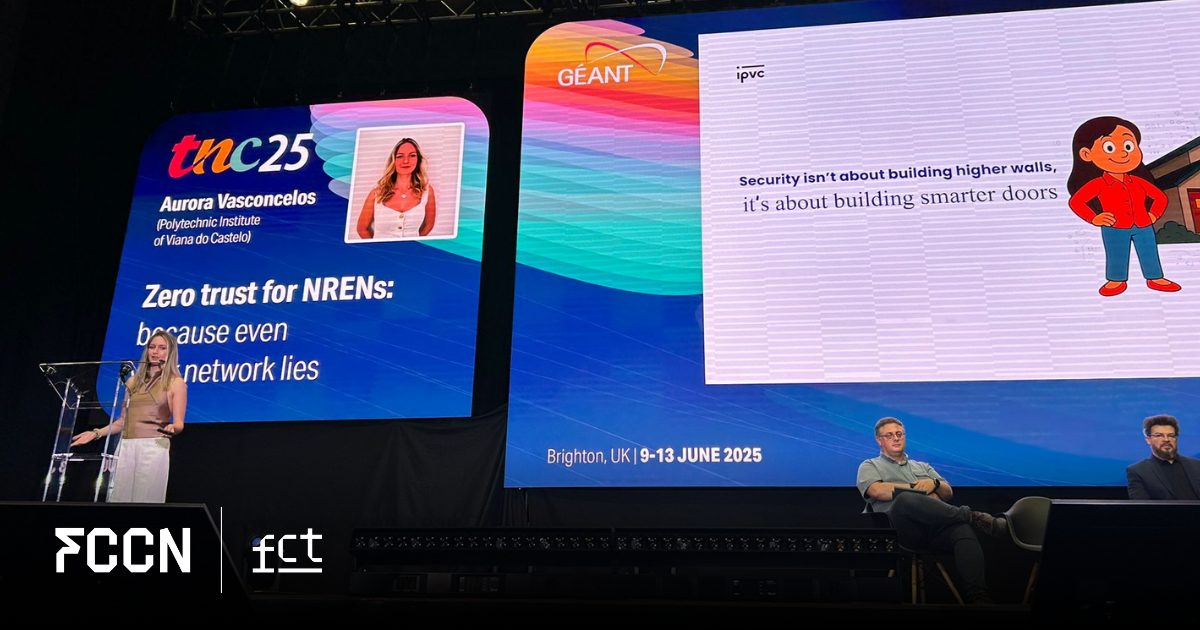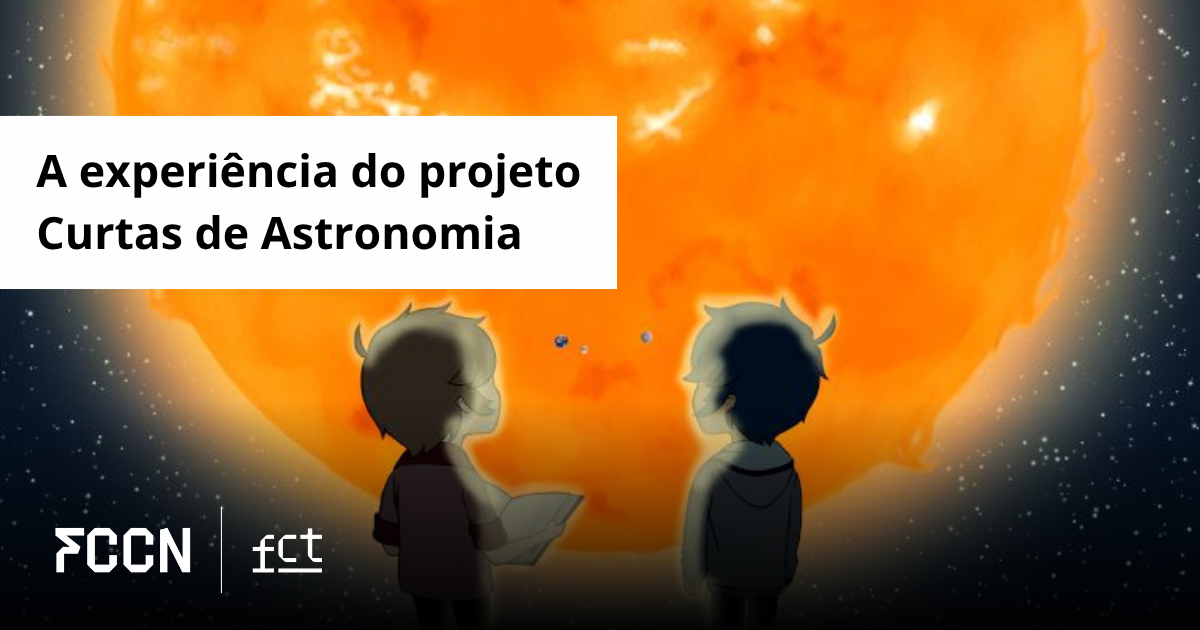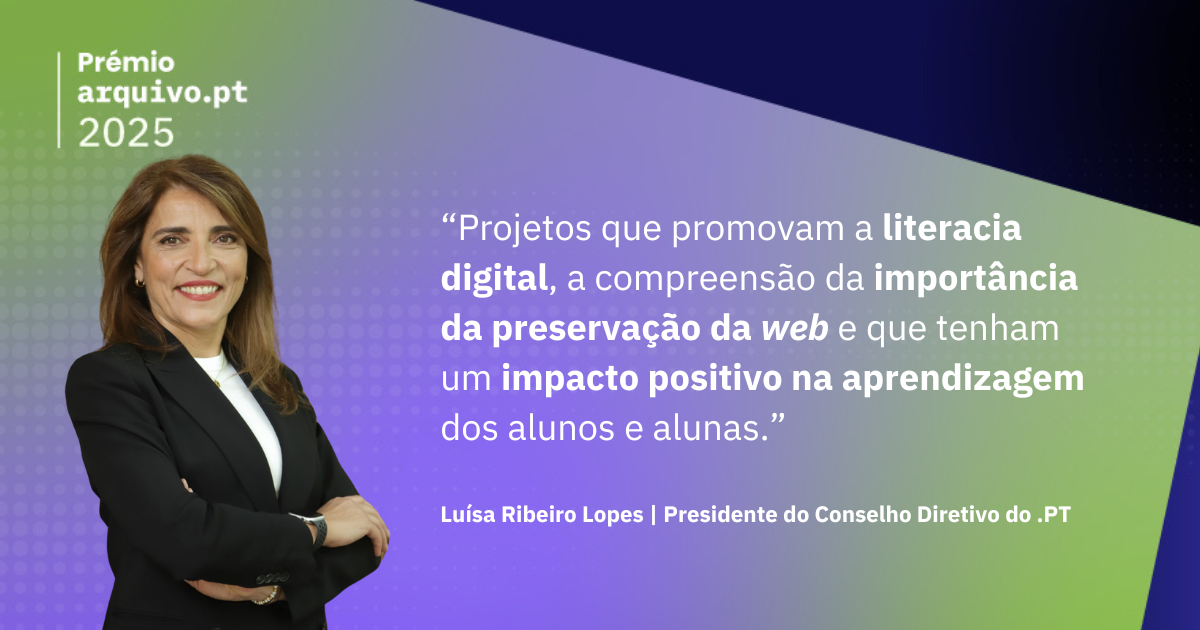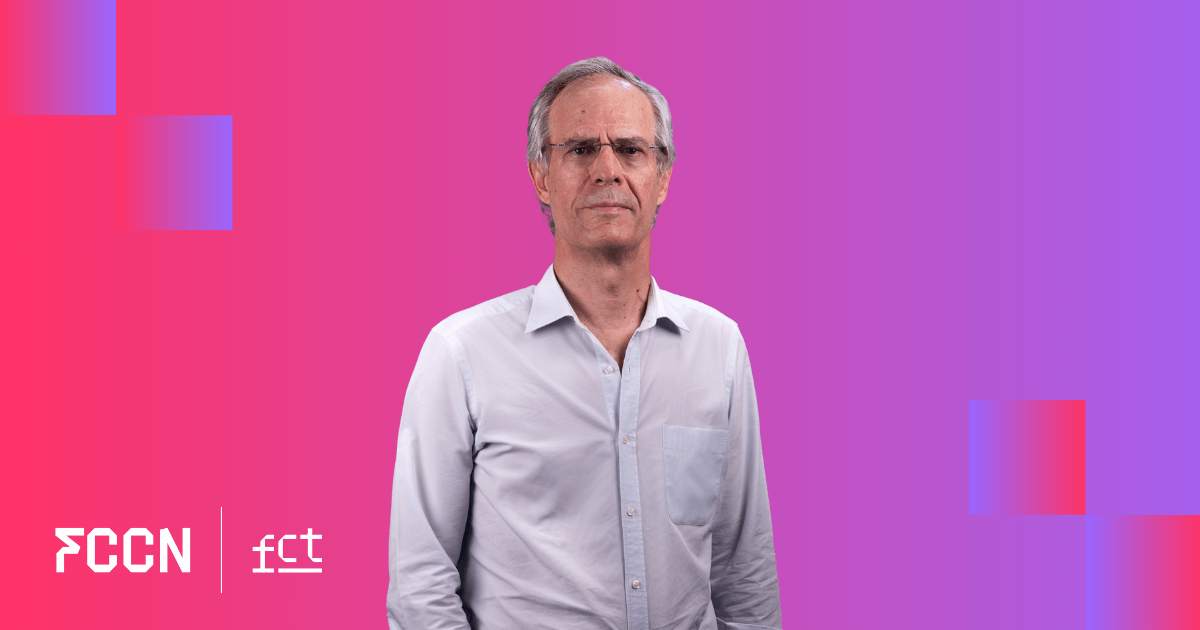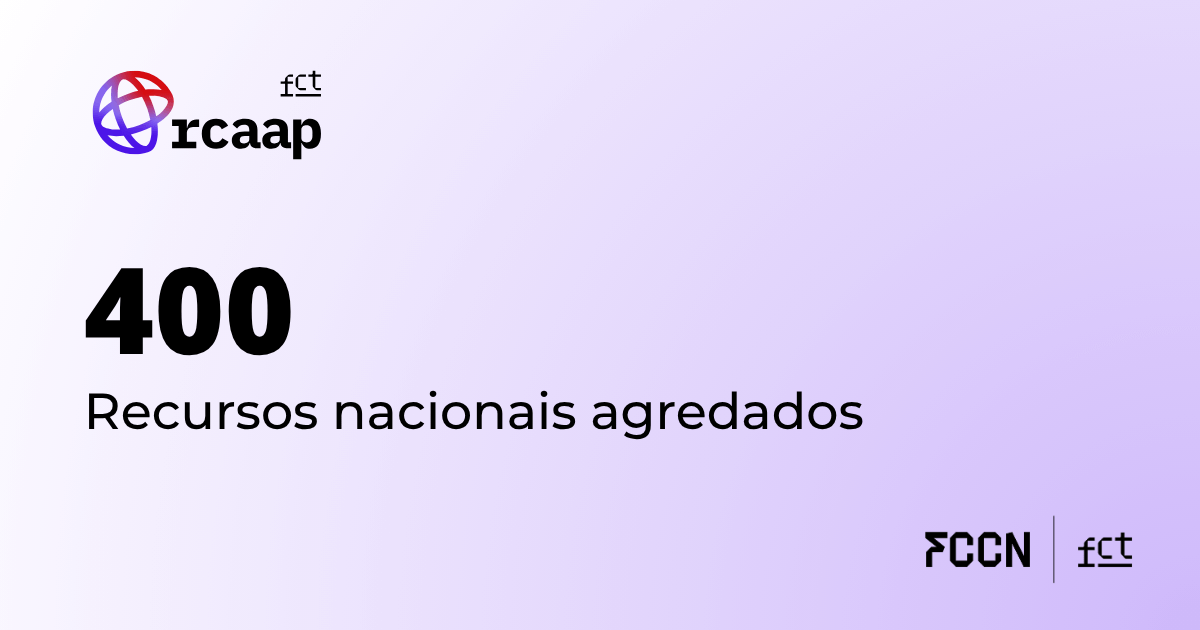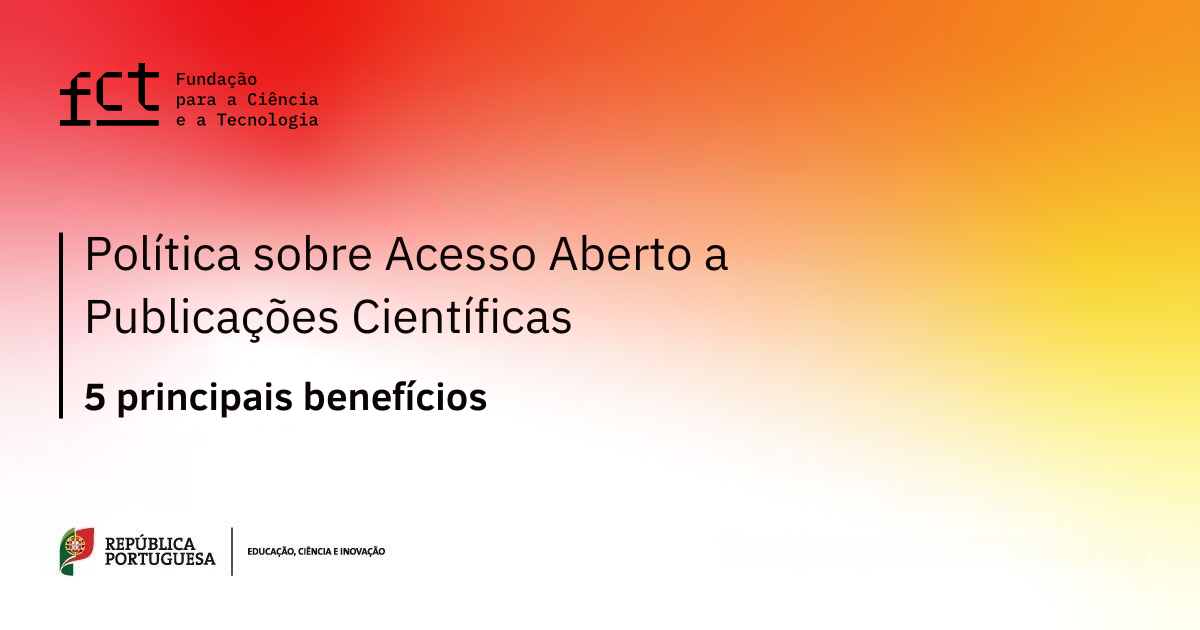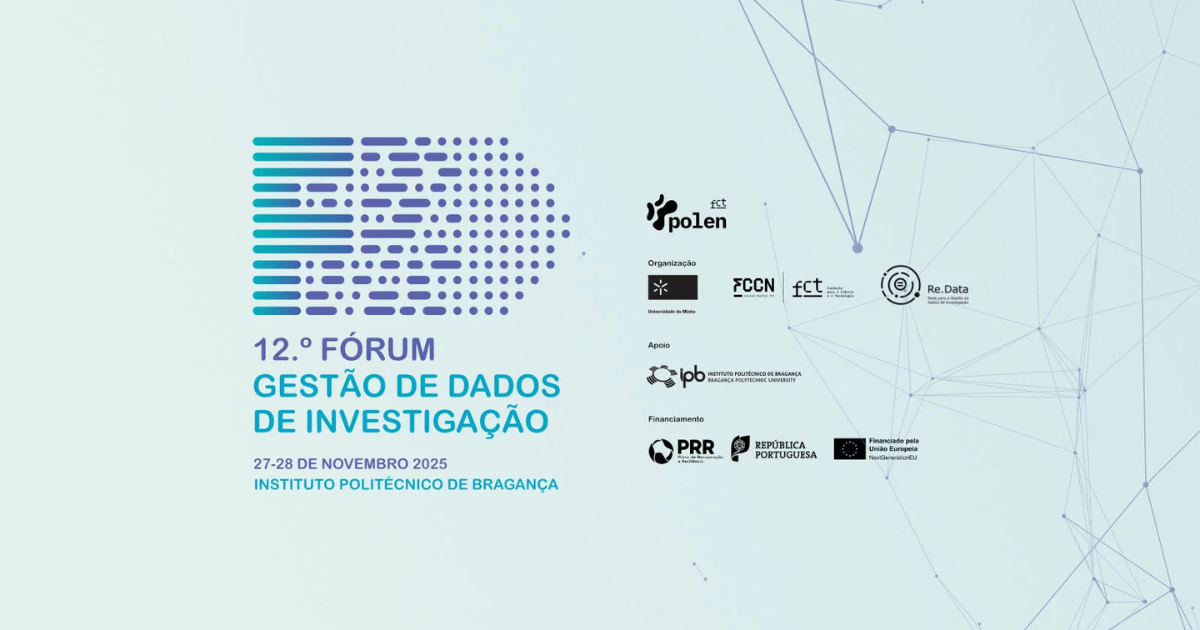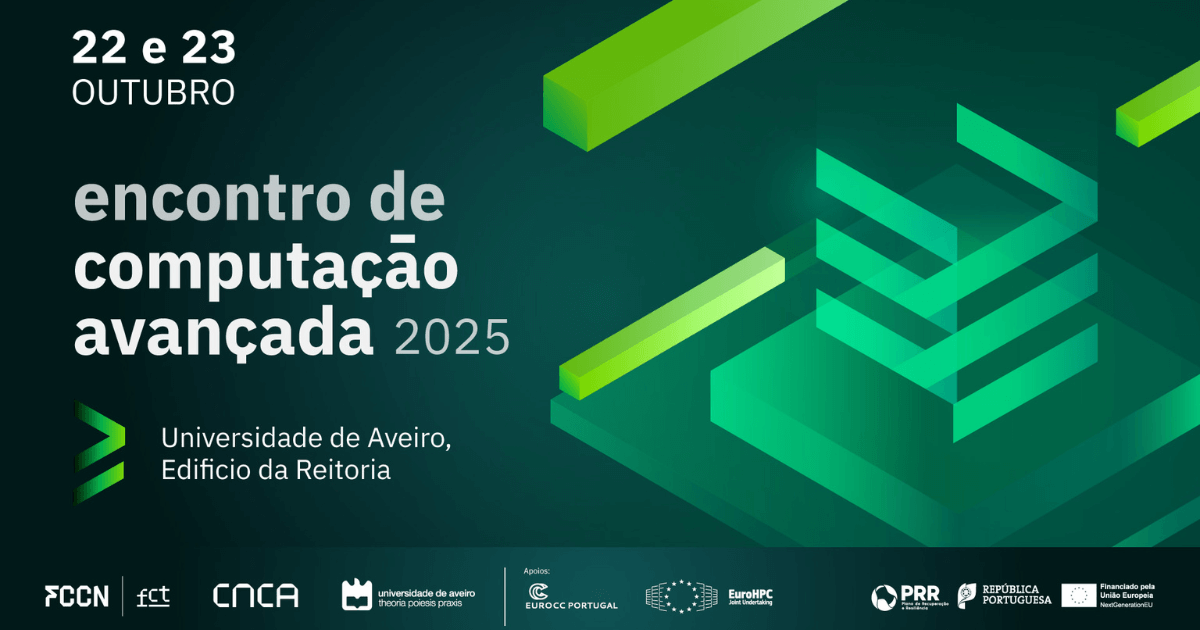For Susana Caetano, everyone has a role to play in helping society realize that science is for everyone. In an interview, the science manager at the FCCN Unit highlights some of the challenges women face in STEM fields, focusing on possible solutions.
The FCCN Unit joined GÉANT's "Women in STEM" campaign, which aims to promote the role of women in Science and Technology. How do you think the recognition of women's work in these fields has evolved in recent years?
I think that, in recent years, there's been a greater awareness of gender disparities and inequities. As a child, I had no idea what the situation was like, for example. History teaches us a lot, and in the case of STEM, we've had decades of male presence on committees, Nobel Prize winners, and decision-making bodies, across all social classes and cultures. It will take more than one generation to achieve greater balance.
I believe the FCCN Unit has played an exemplary role in supporting women in STEM fields. Even so, this issue needs to transcend the workplace. All of us, fathers, mothers, uncles, and aunts, must influence our youngest children in an intergenerational effort, helping society embrace science with open arms in its daily lives—in conversations over coffee, at family dinners, or over drinks with friends (laughs). How many of us grew up with scientists around us? Few, right? I firmly believe that science is for everyone, from 0 to 120 years old.
#2 Are there any challenges for women working in these fields? Specifically, in your area of expertise?
We're currently in a transitional phase, going from zero to a few women among many men. Advanced computing, being very specific within STEM, is no exception. In the first project competition we launched for the use of supercomputers, for example, there were only 15% female candidates.
The biggest challenge may be the question "where to find more adult women interested in these fields?" In computer science courses? In other fields? Among younger generations? The answer seems to me to be "everywhere." To achieve this, I believe it's necessary to deconstruct stereotypes and prejudices, from an early age, by showing our sons and daughters mothers and grandmothers in science. And, of course, also showing grandfathers and fathers as kindergarten teachers, nurses, or cleaners. Because both sides of the scale are important to achieve a balanced balance.
The goal is to create more diversity and tolerance—in gender, ethnicity, and more—so that it's no longer "strange" to see a woman programming and a man teaching young children. And so that an 18-year-old woman isn't afraid to step out of her comfort zone and learn computer science or engineering.
#3 What steps do you think could be taken to eliminate these difficulties?
Educate younger generations about language (spoken, heard, dressed, or played), using more gender-neutral language in adjectives and professions, for example. On the other hand, I believe children should grow up in a more inclusive and mixed environment, where adults set an example.
I also think it's important to promote more gender-neutral play and stories in preschool and primary education, bringing scientists into schools, for example. And to promote activities, clubs, and associations for adolescents, young adults, and adults that facilitate mixed-gender interactions, where responsibilities and leadership are shared.
Other steps that could be taken include reinforcing the commitment to upskilling/reskilling other areas for STEM, as well as providing flexible weekly workloads for parents. All this while promoting the presence of at least 30% women in meetings, on senior management teams, in laboratories, in higher education, in companies, in public administration, etc.
#4 What contribution can days like “International Day of Women and Girls in Science” make to solving these problems?
I think days like this help us realize that science is for everyone. And that there have been and still are female scientists who are an inspiration and a beacon of light.

